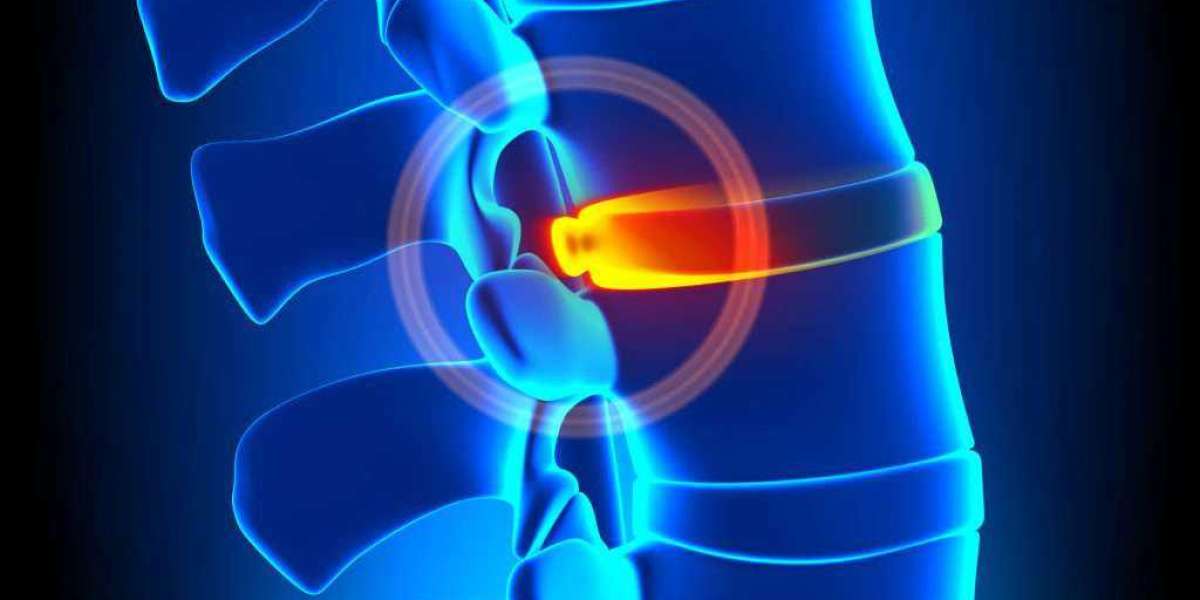Introduction: Understanding Herniated Discs
Herniated discs, also known as slipped or ruptured discs, occur when the soft inner core of a spinal disc protrudes through the tough outer layer. This condition can lead to debilitating pain, numbness, and weakness in the affected area.
Traditional treatments like pain medication, physical therapy, and surgery have been the standard options for managing herniated discs. However, the emergence of stem cell therapy offers a promising alternative with potentially higher success rates.
What is Stem Cell Therapy?
Stem cell therapy involves the use of stem cells to repair damaged tissues and promote healing in the body. Stem cells are unique cells with the remarkable ability to transform into various types of cells, including those found in the spinal discs.
By harnessing the regenerative potential of stem cells, researchers believe they can address the underlying causes of herniated discs and facilitate tissue repair.
How Stem Cell Therapy Works for Herniated Discs
In the context of herniated discs, stem cell therapy aims to repair the damaged disc tissue and alleviate symptoms associated with the condition.
The procedure typically involves extracting stem cells from the patient's own body, often from bone marrow or adipose tissue. These stem cells are then processed and injected directly into the affected area of the spine.
Once injected, the stem cells can differentiate into the specific cell types needed to repair the damaged disc tissue. They also release growth factors and other signaling molecules that promote tissue regeneration and reduce inflammation.
This multifaceted approach targets both the structural damage and the underlying inflammatory response, leading to improved outcomes for patients with herniated discs.
Assessing Success Rates
One of the critical factors in evaluating the effectiveness of stem cell therapy for herniated discs is the success rate. Success rates are typically measured based on various criteria, including pain relief, functional improvement, and the need for additional treatments or surgeries.
While success rates can vary depending on factors such as the severity of the condition and the patient's overall health, research suggests that stem cell therapy holds promise as an effective treatment option.
Clinical Evidence and Research Findings
Numerous studies have investigated the efficacy of stem cell therapy for herniated discs, with many reporting positive outcomes.
For example, a study published in the Journal of Translational Medicine found that patients who received stem cell injections experienced significant improvements in pain, function, and disc height compared to those who received traditional treatments.
Similarly, a meta-analysis published in the European Spine Journal concluded that stem cell therapy was associated with favorable outcomes and a lower risk of complications compared to surgery.
Factors Influencing Success Rates
Several factors can influence the success rate of stem cell therapy for herniated discs. These include the patient's age, overall health, and the extent of disc degeneration.
Additionally, the timing of treatment initiation and the specific techniques used during the procedure can also impact outcomes. By carefully considering these factors and tailoring treatment plans to individual patients, healthcare providers can optimize the likelihood of success.
Conclusion: A Promising Approach to Herniated Disc Treatment
Stem cell therapy offers a promising approach to treating herniated discs by harnessing the body's natural regenerative abilities. By targeting the underlying causes of disc damage and promoting tissue repair, stem cell therapy has the potential to improve outcomes and quality of life for patients with this debilitating condition.
While further research is needed to fully understand the long-term benefits and optimal protocols for stem cell therapy, the current evidence suggests that it holds significant promise as a safe and effective treatment option.
As ongoing research continues to refine techniques and expand our understanding of stem cell biology, stem cell therapy may become an increasingly valuable tool in the management of herniated discs.








